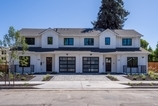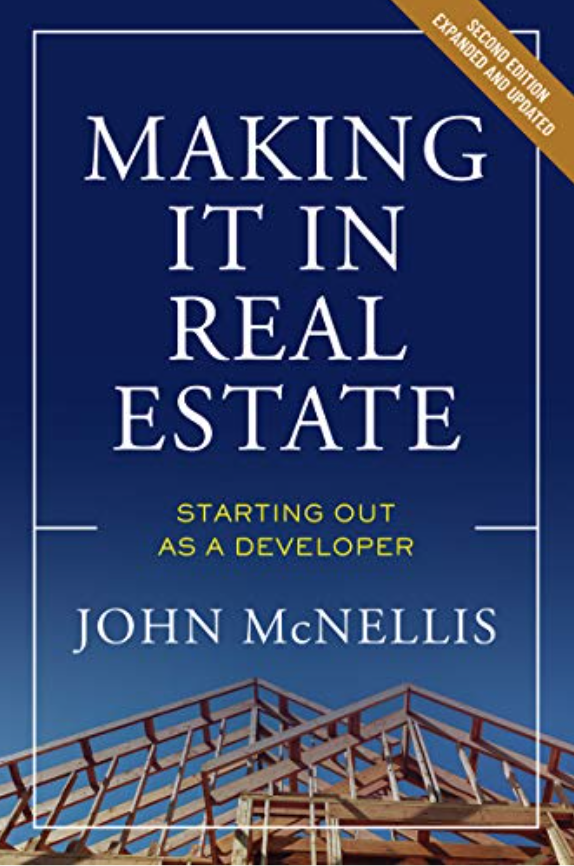Housing experts insist that California is three million residences short of a full load and that the state is falling behind by another 100,000 dwellings every year, producing 80,000 new residences when twice that is needed to keep pace with population growth. Like the national debt, our housing shortage hits a new milestone every day.
Unlike most economic theory, the law of supply and demand isn’t subject to passing fashion; it’s a Gibraltar. This means that when you’re shy three million units, there is no such thing as affordable housing. Everyone is paying too much. Zillow sets the average national home price at $308,000 while California tops out at $635,000. Within ten miles of the coast, tear-downs go for mansion prices; inland, the dreariest desert tracts fetch prices that stagger newcomers. Our homeless population has crested 160,000, twice our pro rata share of the nation’s dispossessed.
The naïve might think the solution is straightforward: wrench open the builders’ pipeline, vastly increase our housing inventory, and turn supply and demand to our advantage. But you’d need to take your shoes off to count the obstacles California throws in the way of new construction.
The cost of building here—especially low-income housing—is shocking. One Bay Area builder said his latest low-income apartment project is approaching $1 million a unit. A non-profit housing developer opened a 100 unit homeless shelter in Mountain View earlier this year at a cost of $17 million. $170,000 a unit sounds pretty good until you learn that the apartments are closet-sized: 80 square feet each, created by dividing truck shipping containers into four parts. (The project’s restrooms, dining and aid facilities are in separate shipping containers).
Who’s at fault? Like an Agatha Christie novel where the detective assembles a dozen suspects in a drawing room to prove they’re all guilty, the blame for our broken, sorry housing mess is widely shared: the NIMBY’s who fight every effort at densification, especially low-income housing; the cities that enforce antiquated, density-busting zoning and balance their budgets by piling outrageous exactions on even the smallest projects; the environmentalists who remove prime developable land in the name of open space; the developers who—like the oil companies—charge whatever they can get away with; the bureaucrats who have devised requirements for low-income housing subsidies so byzantine that they defeat all but the richest, most persevering companies; the labor unions who insist that every project be union-built; the special interests that push building code amendments to require ever more costly features (do homes really need fire sprinklers?). The list of constituencies that would oppose or subvert meaningful reform is longer than a public subsidy application.
One small example: The state passed a great law requiring cities to approve accessory dwelling units (ADU’s) on single family home lots. Adding ADU’s—so-called “in-law” units—to a neighborhood is a terrific idea; they gently increase its density and allow homeowners to house extended family or make a little money on the side. Almost by definition, ADU’s are affordable housing; they’re small and are either converted garages or detached cottages in the backyard. Despite this state law, tony cities are fighting off ADU applications in house-to-house warfare reminiscent of Fallujah. They ignore permit requests as long as they can and then start tossing expensive grenades at the supplicants: e.g. requiring the homeowner to unnecessarily upgrade his existing home’s electrical service.
Like Israel’s existential dilemma, anyone who thinks there’s a simple solution to our housing crisis doesn’t understand it. But one can chip away at its edges, and workforce housing may be one spot to start chipping. Defined as affordable to those earning 80 to 120 percent of an area’s median income, workforce housing suits renters with entry-level middle class jobs. Because young teachers, nurses and cops—political sacred cows—are among the qualifiers, workforce housing is a far easier sell at city hall than housing for the working poor or homeless.
Robert Freed, CEO of Summerhill, suggested a relatively painless way to create it: an apartment builder could agree to permanently restrict 40 percent of a new project’s units to workforce rents in exchange for the elimination of the entire project’s property taxes. According to Freed, the tax savings offset the lost rent, thus rendering the mixed affordability project viable. As nifty as this maneuver might be, it would of course come at a cost: Creating workforce housing by eliminating market rate units puts upward pressure on market rents. And that brings us back to supply and demand.
Even this relatively modest suggestion would require municipalities to at last acknowledge that affordable housing is a public issue—a public problem—in their own backyards, an issue that private enterprise cannot solve on its own.






















